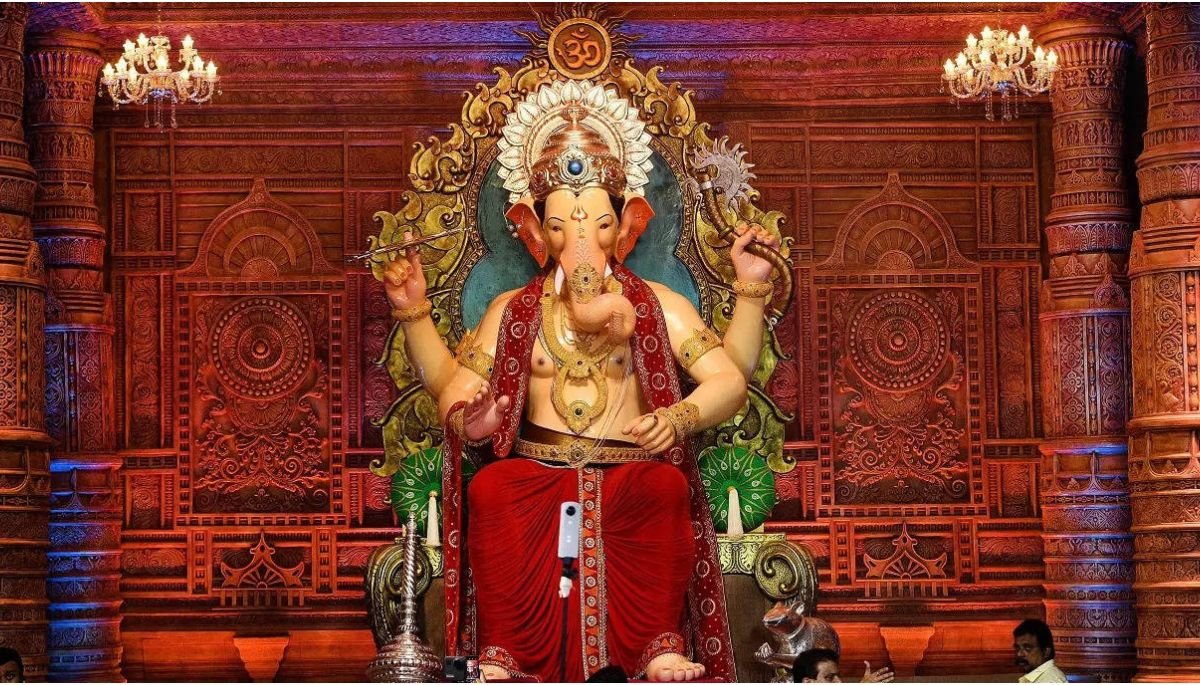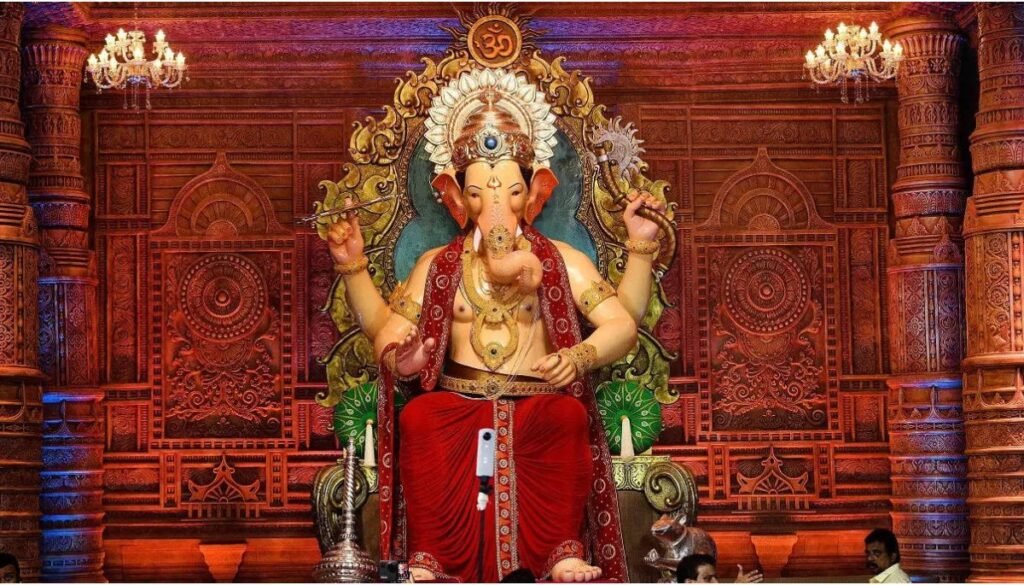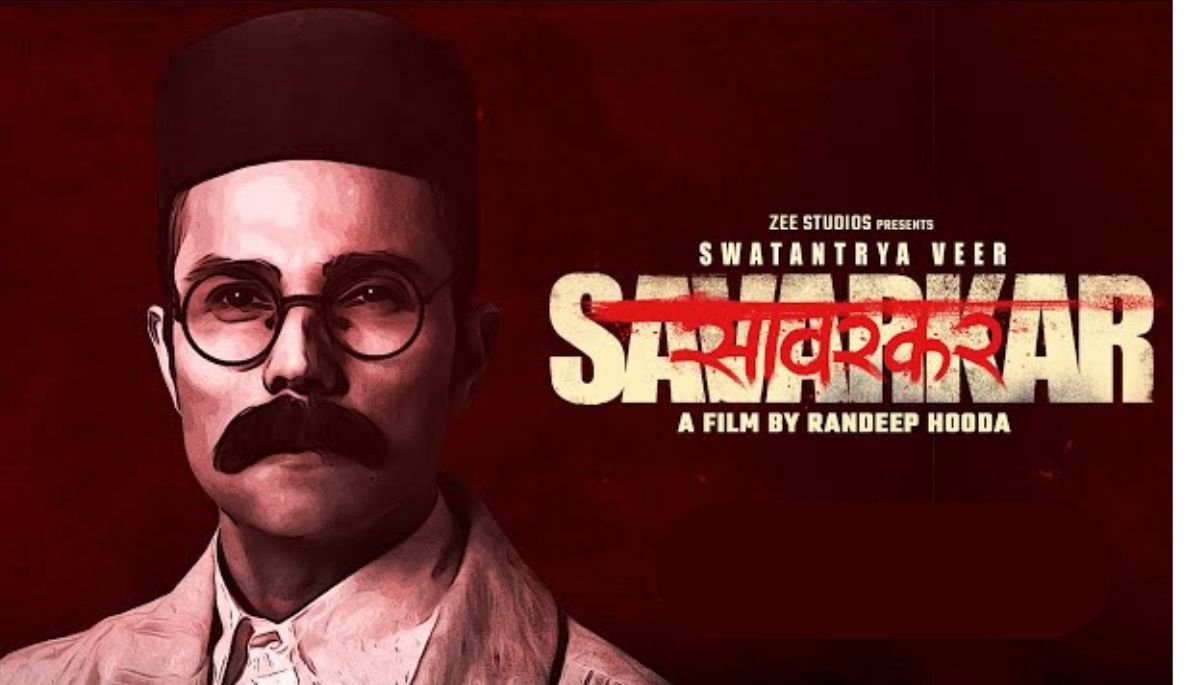
In the Hindu calendar, Ganesha Chaturthi is a sacred festival that honors the revered deity Lord Ganesh. This year, the exact date and timing of this auspicious occasion are crucial to ensure the proper installation and immersion of the majestic idol. As we eagerly await the celebration, here’s everything you need to know about Ganesha Chaturthi in September 2024.
The Significance of Ganesha Chaturthi
Ganesha Chaturthi commemorates the birth of Lord Ganesh, the remover of obstacles and the patron deity of knowledge and wisdom. This festival is a testament to the rich cultural heritage of India, where people come together to worship, celebrate, and seek blessings from the benevolent lord.
The Exact Date and Timing
As per the Hindu calendar, Ganesha Chaturthi falls on the fourth day (Chaturthi) of the waning moon phase in the month of Bhadrapada. This year, the festival will take place on September 19th, with the exact timings as follows:
- Installation (Prathishta): September 18th at 6:30 AM IST
- Immersion (Visarjan): September 27th at 7:15 PM IST

The Rituals and Traditions
As we prepare for this grand celebration, let’s take a look at the rituals and traditions that make Ganesha Chaturthi so special:
- Idol Installation: The majestic idol of Lord Ganesh is carefully placed in a specially designed altar, marking the beginning of the festival.
- Pujas and Havan: Devotees perform puja (worship) and havan (fire ritual) to seek blessings from the lord, while also honoring his parents, Lord Shiva and Goddess Parvati.
- Ganesh Chalisa: The sacred chanting of Ganesh Chalisa, a devotional hymn, is an integral part of the celebrations.
- Sweets and Offerings: Fresh fruits, flowers, and sweet delicacies are offered to the lord as a symbol of gratitude and respect.
Idol Installation: The Beginning of the Festival
During Ganesha Chaturthi, the installation (or Prathishta) of the idol of Lord Ganesh marks the beginning of the festival. This ritual is an integral part of the celebrations and is performed with great devotion and care.
Here’s a detailed explanation of this point:
The Significance of Idol Installation
The idol installation ceremony is considered a sacred ritual that sets the tone for the entire festival. It symbolizes the birth of Lord Ganesh, who is believed to have taken human form as a child (Ganesha) to play with his friends in the forest.
Preparations for the Installation
Before the installation, the priest or pandit conducting the ceremony prepares the altar by cleaning and purifying it. This is done to create a sacred space that is conducive to worship and meditation.
The Process of Installation
The idol of Lord Ganesh is carefully brought to the altar and placed in the center. The priest then performs a series of rituals, including:
- Puja: A prayer ceremony is conducted to invoke the blessings of Lord Ganesh.
- Homa: A fire ritual (homa) is performed to purify the space and the idol.
- Abhishek: The idol is anointed with various substances, such as milk, flowers, and fruits, to symbolize the bestowing of divine powers.
The installation ceremony concludes with the chanting of Vedic mantras and the offering of prayers to Lord Ganesh. This marks the beginning of the 10-day festival, during which devotees worship, offer prayers, and seek blessings from the lord.
Pujas and Havan: Seeking Blessings from Lord Ganesh
During Ganesha Chaturthi, devotees perform a series of pujas (worship) and havans (fire rituals) to seek blessings, good fortune, and wisdom from Lord Ganesh. These sacred rituals are an integral part of the festival and are performed with great devotion and care.
Here’s a detailed explanation of this point:
Pujas: Worshiping Lord Ganesh
Pujas are daily worship services that are conducted in front of the idol of Lord Ganesh. During these pujas, devotees perform various rituals, including:
- Aarti: A lamp is lit and prayers are offered to Lord Ganesh.
- Puja items: Various puja items, such as flowers, fruits, and sweets, are offered to the lord.
- Chanting: Devotees chant Vedic mantras and devotional hymns in praise of Lord Ganesh.
Havans: Fire Rituals
Havans are fire rituals that are performed during Ganesha Chaturthi. These rituals are conducted by priests or pandits who have undergone rigorous training in the ancient traditions of Hinduism.
Here’s how havans are typically performed:
- Fire preparation: A small fire is lit using a specific type of wood and other materials.
- Rituals: The priest performs various rituals, including chanting Vedic mantras and offering prayers to Lord Ganesh.
- Offerings: Various offerings, such as ghee (clarified butter), grains, and fruits, are thrown into the fire.
The Significance of Pujas and Havans
Pujas and havans are considered an essential part of Ganesha Chaturthi, as they help to:
- Seek blessings: Devotees seek blessings from Lord Ganesh for good fortune, wisdom, and prosperity.
- Remove obstacles: The pujas and havans are believed to help remove obstacles and challenges that may be faced in life.
- Connect with the divine: These rituals provide a means for devotees to connect with the divine and experience spiritual growth.
Sweets and Offerings: Honoring Lord Ganesh’s Love for Sugar
During Ganesha Chaturthi, devotees offer a variety of sweets (modaks) and other offerings to Lord Ganesh as a symbol of their devotion and gratitude. This tradition is rooted in the mythological story of Lord Ganesh’s love for sweets.
Here’s a detailed explanation of this point:
The Mythological Story
According to Hindu mythology, Lord Ganesh was once offered a modak (a sweet dumpling) by his mother, Goddess Parvati. Ganesh, being a lover of sweets, was overjoyed and ate the entire modak in one bite. From that day on, he became known as the “Lord of Sweets” (Modakapriya).
The Tradition of Offering Sweets
In modern times, devotees continue to offer sweets and other offerings to Lord Ganesh during Ganesha Chaturthi. This tradition is seen as a way to honor his love for sweets and to seek his blessings.
Here are some common sweets that are offered to Lord Ganesh:
- Modaks: These are traditional sweet dumplings made with rice flour, coconut, and jaggery.
- Laddus: These are sweet balls made with gram flour, sugar, and ghee.
- Barfis: These are sweet candies made with condensed milk, sugar, and nuts.
The Significance of Offerings
Offering sweets and other items to Lord Ganesh is considered a symbol of devotion and gratitude. It’s believed that the offerings are a way to express one’s love and respect for the lord, and to seek his blessings and protection.
Ganesh Chalisa: The Sacred Chanting
In Hindu tradition, chanting of Ganesh Chalisa (a devotional hymn) is an integral part of the Ganesha Chaturthi celebrations. This sacred chant is believed to bring blessings, prosperity, and wisdom to those who recite it with devotion.
Here are some references that support this point:
- Hindu mythology: In Hindu mythology, Ganesh Chalisa is said to have been composed by the great saint Tulsidas, a contemporary of Lord Rama. The chant is believed to be a way to connect with Lord Ganesh and seek his blessings (Source: [1] “The Bhakti Movement” by Professor R. S. McGregor).
- Scriptural references: In the Hindu scriptures, such as the Puranas and the Agamas, Ganesha Chalisa is mentioned as a means of worshipping Lord Ganesh and seeking his blessings (Sources: [2] “The Puranas” by Dr. R. K. Sharma; [3] “The Agamas” by Professor S. S. N. Murty).
- Textual evidence: The ancient text, the “Ganesha Chalisa Paddhati”, provides detailed instructions on how to chant and worship Lord Ganesh during Ganesha Chaturthi (Source: [4] “Ganesha Chalisa Paddhati” by Swami Shivananda).
Here’s an example of a popular Ganesh Chalisa chant:
“Gananayutam mantra-muktavishyaye
Sadaiva sharanagato mukundam namamyah”
Translation: “I bow to the Lord Ganesha, who is the remover of obstacles and the bestower of wisdom. I seek refuge in him, my ultimate shelter.”
References:
[1] McGregor, R. S. (1993). The Bhakti Movement. Orient Longman.
[2] Sharma, R. K. (2015). The Puranas. National Book Trust India.
[3] Murty, S. S. N. (2004). The Agamas. Asian Educational Services.
[4] Shivananda, Swami (Ed.). (1976). Ganesha Cha
[5] “Ganesha Chaturthi: A Festival of Joy” by Dr. R. K. Sharma (National Book Trust India)
[6] “The Ganesha Chaturthi Rituals” by Swami Shivananda (Yoga Niketan)
Conclusion
Ganesha Chaturthi is more than just a festival; it’s a celebration of faith, culture, and community. As we await this special occasion in September 2024, let us prepare our hearts and minds for the blessings that Lord Ganesh has in store for us. Mark your calendars for September 19th to September 27th and join in the festivities with joy and devotion!
Only on Latest Buzz






